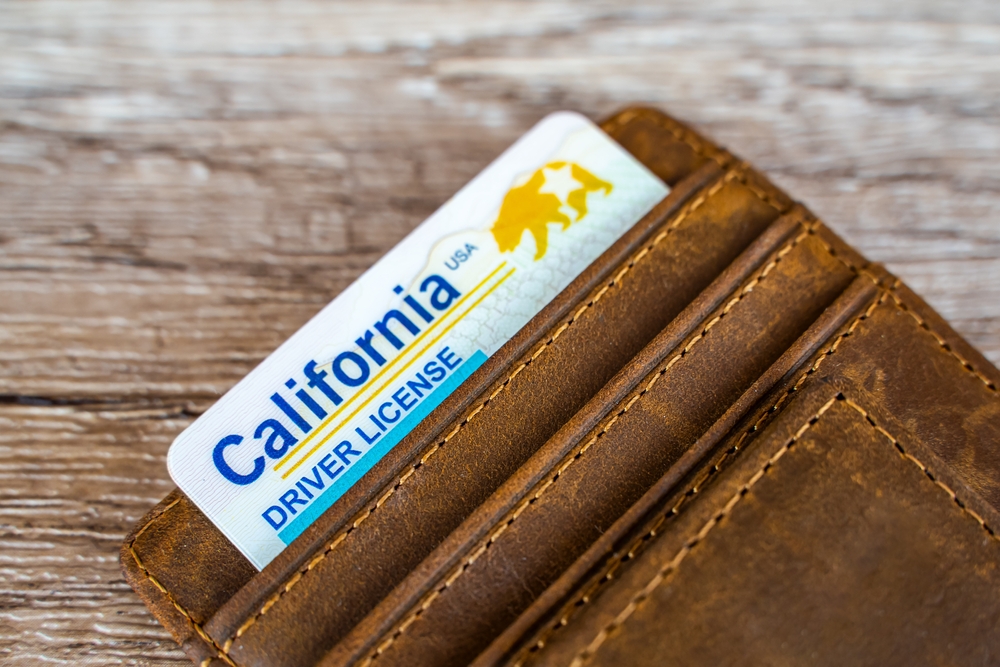The U.S. Department of Homeland Security (DHS) is gearing up to enforce the long-delayed Real ID law starting May 7, 2025. After that date, the average driver’s license won’t cut it for domestic flights, which means travelers without the required documentation may find themselves grounded at the airport. The Real ID program, conceived in the aftermath of the 9/11 attacks, aims to strengthen security by requiring travelers to present enhanced identification to pass through TSA checkpoints and enter certain federal facilities.
The Real ID, often referred to as a Star Card because of the star emblem on most versions, functions as an enhanced driver’s license or state ID card. This upgraded credential contains a machine-readable zone similar to a passport, ensuring TSA agents can quickly scan and verify the information. While Real ID will become the standard for domestic flights, alternative documents such as passports, passport cards, and federal Trusted Traveler Program IDs will still be accepted for those who prefer to skip the Real ID process.
Despite years of public awareness campaigns by DHS, confusion about Real ID requirements persists, particularly among infrequent travelers. These are often the individuals caught off guard—those who rarely fly but suddenly need to travel for emergencies or family events. They may show up at the airport with outdated licenses, unaware that they’re no longer sufficient. Airports may soon see frustrated lines of travelers stuck at security checkpoints, trying to sort out why they can’t board a domestic flight with the ID they’ve used for years.
To obtain a Real ID, individuals must provide documentation to their local motor vehicle department. This typically includes proof of age and identity, such as a birth certificate or passport, a Social Security card or tax form, and two proofs of address. Those with name changes due to marriage must also provide a marriage certificate. While Real ID doubles as a driver’s license, older-style licenses remain available in some states, clearly marked as “Not for REAL ID purposes.” For those still hoping the deadline might shift, the Transportation Security Administration has made it clear that enforcement begins in May 2025 with no plans for further extensions.
However, Real ID doesn’t cover every travel scenario. A cautionary tale involves a traveler who was denied boarding a cruise because she assumed her Real ID would suffice. While the enhanced identification works for domestic air travel, it doesn’t provide proof of citizenship required for certain trips, such as cruises leaving and returning to U.S. ports. For international travel or closed-loop cruises, options like a passport, birth certificate, or Enhanced Driver’s License (offered in select states) remain essential. As the Real ID deadline looms, travelers should ensure they’re equipped with the right documentation to avoid unnecessary travel disruptions.


